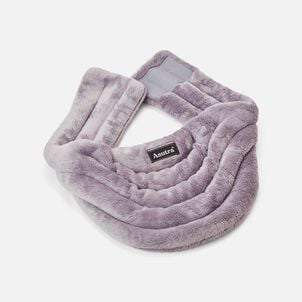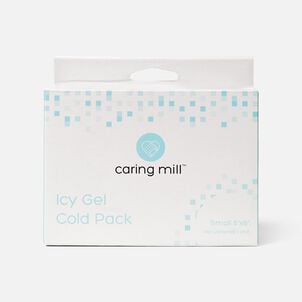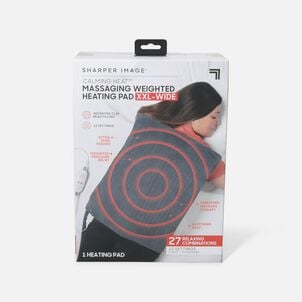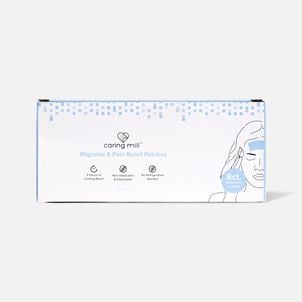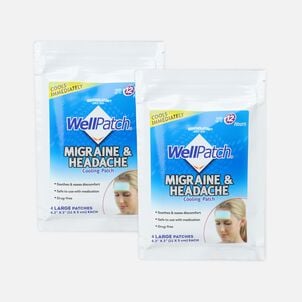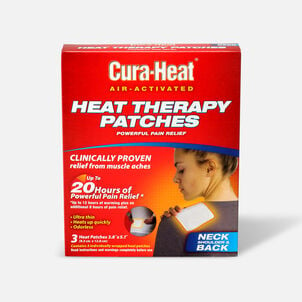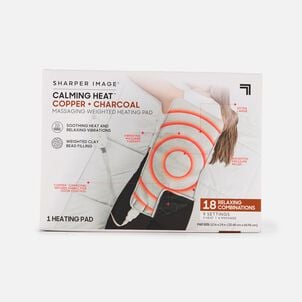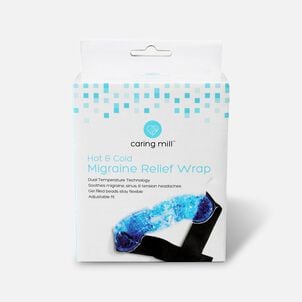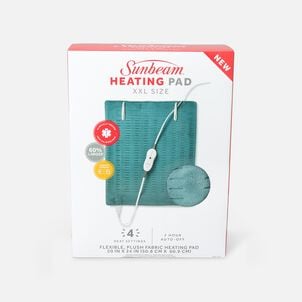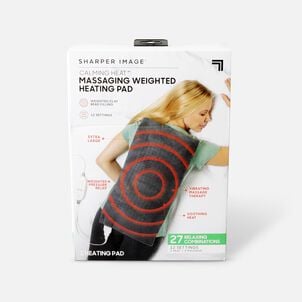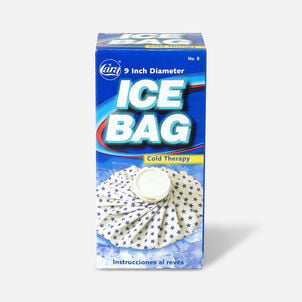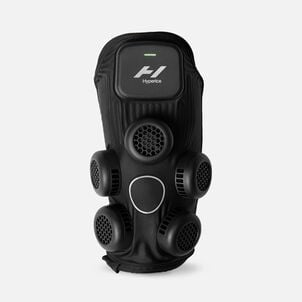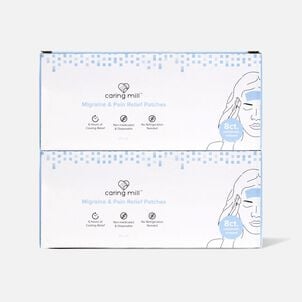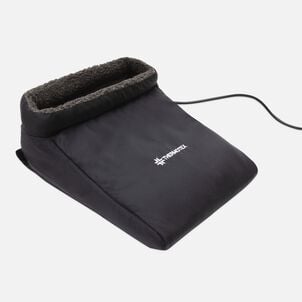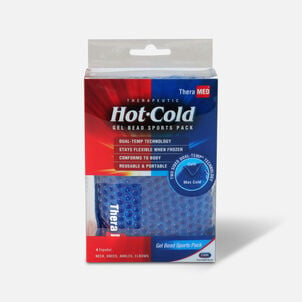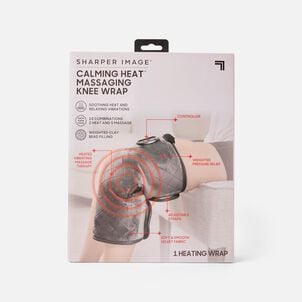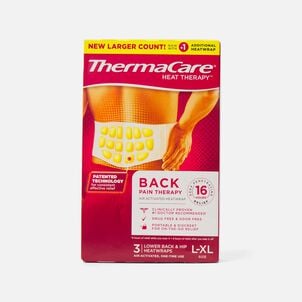The Complete HSA Eligibility List
Here it is — the most-comprehensive eligibility list available on the web. From A to Z, items and services deemed eligible for tax-free spending with your Flexible Spending Account (FSA), Health Savings Account (HSA), Health Reimbursement Arrangement (HRA) and more will be here, complete with details and requirements. Important Reminder: HSAs, FSAs, HRAs and other account types listed may not all be the same. Be sure to check with your administrator to confirm if something is eligible before making a purchase.
Here it is — the most-comprehensive eligibility list available on the web. From A to Z, items and services deemed eligible for tax-free spending with your Flexible Spending Account (FSA), Health Savings Account (HSA), Health Reimbursement Arrangement (HRA) and more will be here, complete with details and requirements. Important Reminder: FSAs, HRAs and other account types listed may not all be the same. Be sure to check with your administrator to confirm if something is eligible before making a purchase.
Hot and Cold Compress: HSA Eligibility
Hot and Cold Compress: eligible with a Health Savings Account (HSA)HSA Eligible Hot & Cold Packs
What are hot and cold compresses?
Hot and cold compresses are a mainstay in countless American homes to treat both major and minor muscle/joint injuries when they arise, as they are one of the most effective means available of reducing inflammation around an injured body part.
What exactly does a cold compress do?
Many forms of cold compress may be use: anything from a traditional ice placed in plastic bags to ready-made packs placed in the freezer to devices that are designed ergonomically to fit specific body parts. A cold compress can be found in styles to suit just about any type of stress or strain injury. In addition to reducing swelling and pain, cold therapy can help to limit the amount of bruising by lessening blood flow to the affected area, thereby restricting internal bleeding and the overall size of the bruise (Healthline).
Cold packs are a means of applying cold therapy (also known as cryotherapy), a method of treating muscle or joint injuries with the direct application of ice or a frozen gel pack. These devices are invaluable for their ability to reduce bleeding in muscle tissues to control swelling and the duration of bruising. Additionally, cold packs can alleviate muscle pain and spasms, as well as slowly numb the area to cut down on inflammation. Cold packs should be applied to the affected area for 24 to 48 hours after the injury has taken place, and to avoid damaging the skin, these cold packs should only be kept on the skin for 20 minutes at a time.
What exactly does a hot compress do?
A hot compress is an Over-the-Counter (OTC) medical product eligible for reimbursement with a consumer-directed healthcare account. A hot compress is an object that relieves muscle tension, swelling, and adds comfort by being wrapped around, or placed on a part of the body. A heating pad usually is filled with a material that can be microwaved, refrigerated or frozen in order to apply the desired temperature to the neck. Usually a product that is labelled as a hot compress is also useful as a cold compress, and vice versa. However, there are some types of hot or cold compress that only provide one of the two functions.
Some hot compresses may be scented for calming or relaxing aesthetics. Some hot compresses may also use electrical power, via a power outlet and/or batteries in order to provide their own heat.
Hot compresses allow application of heat to the body, which soothes and relaxes muscles. Muscles may become tense due to repetitive labor, long periods spent bent over a desk or workstation, or physical exertion. Heat on muscles may also be called thermotherapy or therapeutic heat. Therapeutic heat might also help relieve pain and tension, especially in knotted areas. The exact mechanisms are not understood, but heat is an excellent way to relieve the symptoms of non-inflammatory body pain.
Can hot and cold compresses provide contrast therapy?
In addition to being a stand-alone treatment, cold therapy can also be used in tandem with hot compresses to treat muscle/joint injuries in a process called contrast therapy. The best way to illustrate this is by looking at hot and cold compresses as a pump: heat therapy will dilate blood vessels to increase blood flow of nutrient-rich blood, while cold therapy will constrict blood vessels and allow them to soak up as many nutrients as possible, thereby speeding the healing process. A cold-to-warm ratio of 1:3 or 1:4 minutes is ideal, and in many cases this method has sped recovery times for injured individuals (Human Kinetics).


